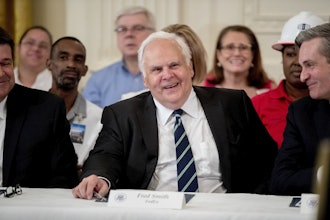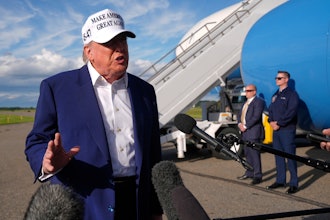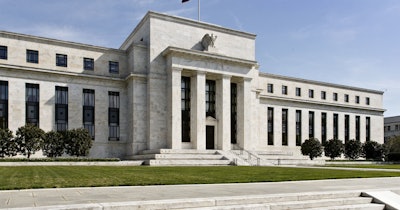
 Bill Fink
Bill FinkSeveral weeks ago, the Federal Reserve rattled the country when it raised interest rates for the first time since the 2008 financial crisis. Despite the rate hike and the recent volatility in the debt and equity markets, investment in the manufacturing industry is expected to remain steady. A rise in rates has been a long time coming and has thus enabled companies to properly prepare.
A full 61 percent of manufacturing executives polled in a recent TD Bank survey are more optimistic about the outlook for their company’s performance in 2016 compared with 2015. This optimism directly affects financial decisions in the year ahead. The majority (82 percent) of financial executives in the manufacturing sector reported the Fed hike will have no impact on their company’s plans to borrow funds.
Here are three ways manufacturing executives can make sound financial decisions in the new economic environment:
1. Determine What is Impactful
Manufacturing companies need to determine what's more impactful to their business — interest rate or dollar exchange — and how that influences operations in 2016. Domestic-oriented businesses with domestic customers are most affected by a rate hike. Conversely, continued strength of the dollar is more worrisome for companies that work internationally. Manufacturing companies exporting to Asia and Europe have been most notably impacted by the strong dollar. The sudden change in the strength of the U.S. dollar versus other currencies has been tough, especially on domestic manufacturing due to the decline in demand for commodities. Many companies haven't been able to adjust their business operations and inventories yet to account for that change. A company that maintains modest debt and adequate cash reserves will enable it to weather the downturn in export markets until economies in Europe and China rebound.
 The Federal Reserve. (AP Photo)
The Federal Reserve. (AP Photo)2. Invest in Capital Equipment
According to the recent TD Bank survey of manufacturing executives, 63 percent noted that they expect their company’s capital expenditures to increase in 2016. This money is slated to be spent on technology (49 percent), existing facilities (44 percent) and heavy equipment (42 percent). The Federal Reserve's projection for modest interest rate increases during 2016 bodes especially well for equipment purchasers and equipment manufacturers domestically.
Investments in capital equipment, whether it be through outright purchasing or leasing, are especially important to make before rates climb even more. Since the interest rate increase doesn’t have a major impact on the cost of longer-term borrowing for term loans and commercial real estate, investment in capital equipment is key. Companies that have put larger purchases on hold for several years now see a need to reinvest in the business to increase operational efficiencies through new technologies or automated processes, or enhance protections in cybersecurity to avoid being the next headline.
3. Refinance Debt
Companies with fixed-rate debt should have refinanced already, but since there hasn't been a strong sense of urgency, many businesses who are eligible to refinance have failed to do so. The recent rate hike helped spur motivation to undertake these transactions. Long-term interest rates will remain on a relatively flat trajectory this year, meaning the outlook is positive for companies to refinance fixed-rate debt, which bodes well for the industry. Refinancing older loans, which may be at higher interest rates, can eliminate the interest rate risk for manufacturers and allow them to better control long-term costs and cash flow.
Manufacturing companies need to examine where this initial interest rate increase fits into their businesses' future plans. Ultimately, the Fed’s decision shows stability and economic growth. While remaining strategic, it’s also important to take a moment to appreciate the resilience of the American economy that has been the catalyst for the rise of these rates.
About The Author: Bill Fink is the chief lending officer and head of credit management for TD Bank’s Commercial Banking Group.

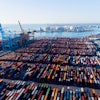







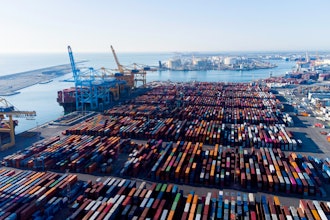
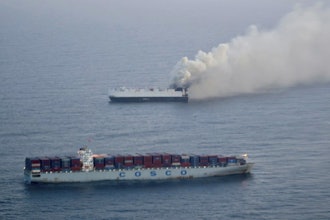


![7 001[1]](https://img.manufacturing.net/mindful/im/workspaces/default/uploads/2025/06/7-0011.S7Uqlbb3HV.jpg?auto=format%2Ccompress&crop=focalpoint&fit=crop&fp-x=0.53&fp-y=0.44&h=220&q=70&w=330)
